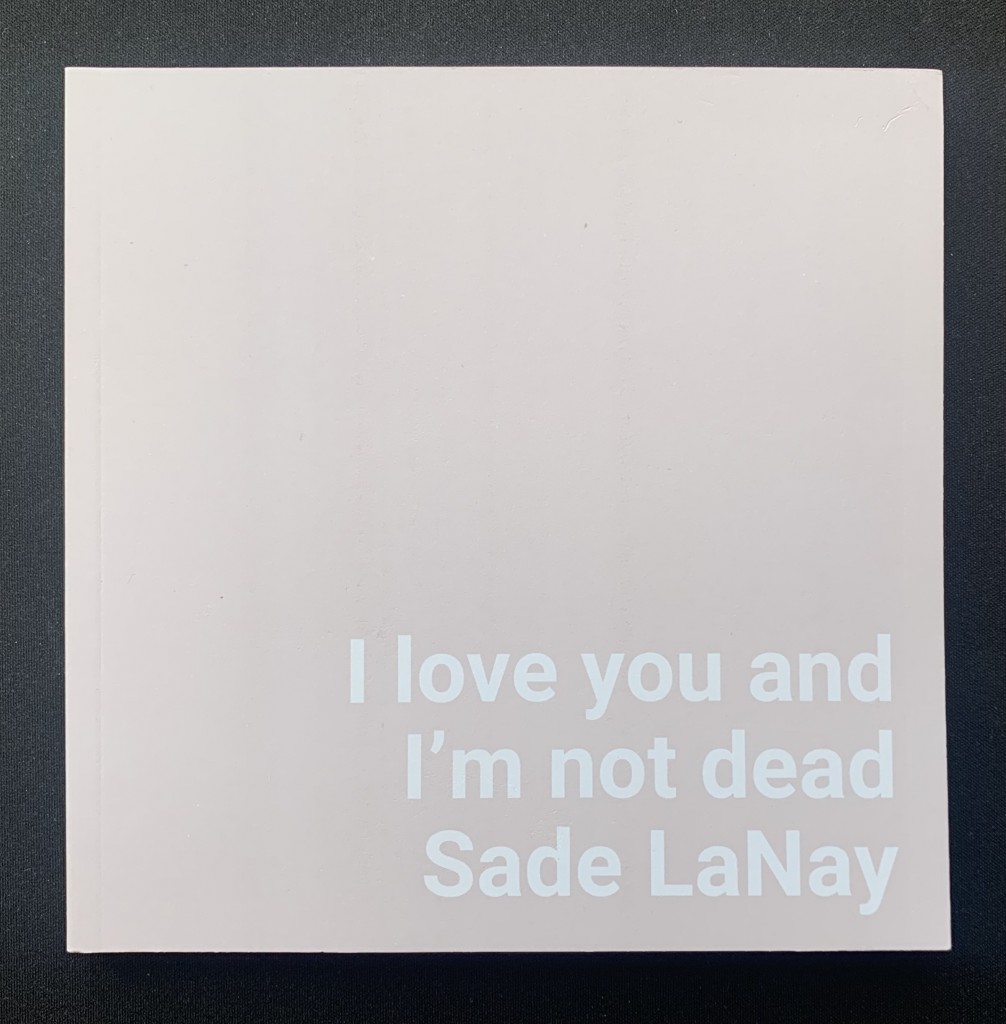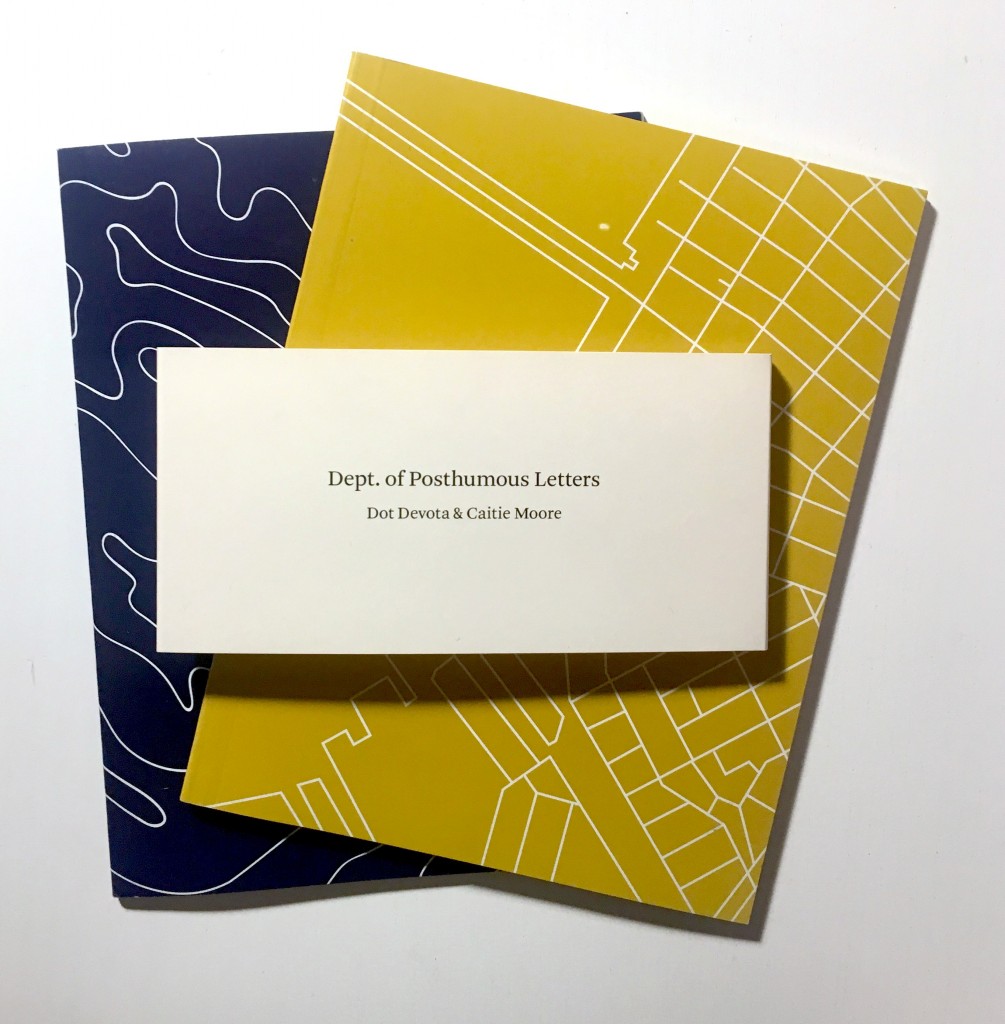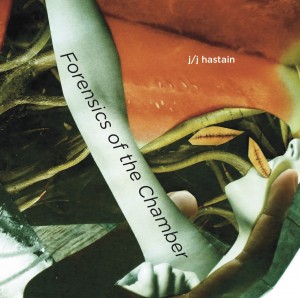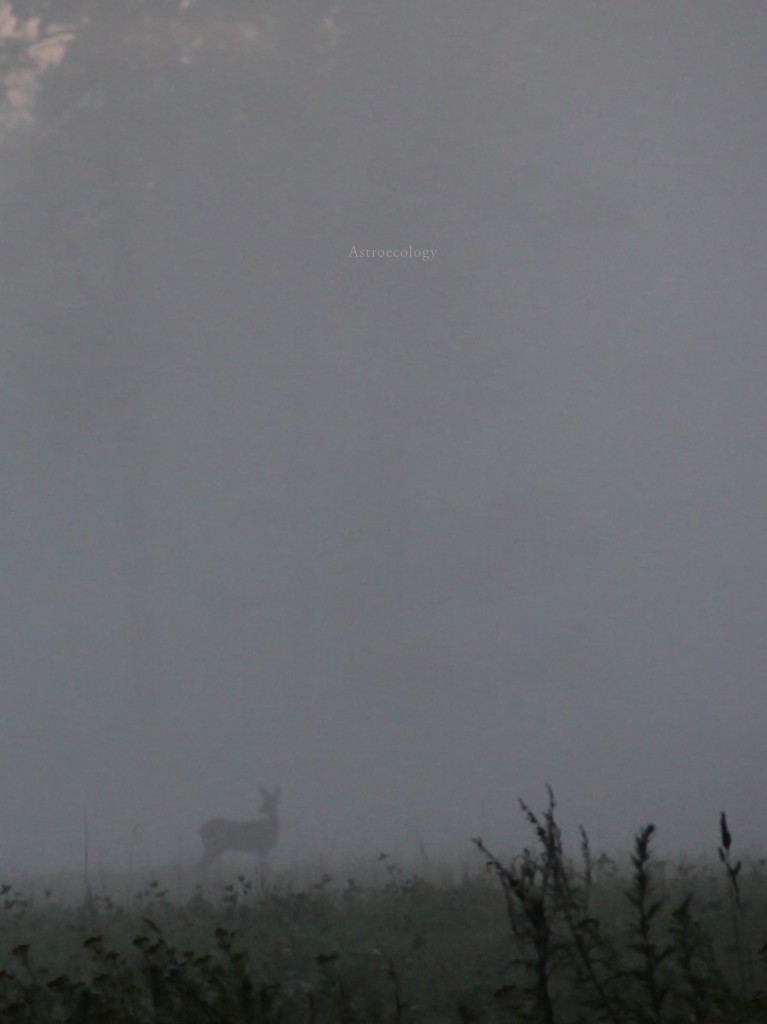
I love you and I’m not dead
by Sade LaNay
22 + Shipping
What kinds of errant crystals has Sade LaNay placed upon their throat to make these polyvocalities so audible? So that from the violated archives of Black history, LaNay makes a clearing for a fugitive chorus — poets, organizers, librarians, educators, reverends, —who refuse to negotiate on the prisms of Black life. I Love You and I’m Not Dead requests your care and attention without promising anything in return: clarity, closure, reconciliation. If, as LaNay articulates, the afterlives of chattel slavery are made intimate in the trauma of everyday enfleshment, Black femme languaging, Black femme imaginative labor might be a space to configure radical kinships across time. Who can be ready for the brilliance in these pages, for the “demonic grounds” the book insists upon, for the trajectories LaNay’s poiesis has carved out and to which we must now attend? –Jennif(f)er Tamayo
–
Sade Lanay is the author of Dream Machine (2014), self portrait (2018) and Härte (2018).
Sade LaNay is the author of Dream Machine (2014), self portrait (2018) and Härte (2018).Sade Lanay is the author of Dream Machine (2014), self portrait (2018) and Härte (2018).Sade Lanay is the author of Dream Machine (2014), self portrait (2018) and Härte (2018).Sade Lanay is the author of Dream Machine (2014), self portrait (2018) and Härte (2018).Sade Lanay is the author of Dream Machine (2014), self portrait (2018) and Härte (2018).Sade Lanay is the author of Dream Machine (2014), self portrait (2018) and Härte (2018).Sade Lanay is the author of Dream Machine (2014), self portrait (2018) and Härte (2018).
Posted by Elizabeth Clark Wessel, July 9th, 2020.

Dept. of Posthumous Letters
ribbon-wrapped, double chapbook / $20
Poetry by Dot Devota & Caitie Moore
artwork by Brandon Shimoda
Sold-Out
In Dept of Posthumous Letters, Dot Devota and Caitie Moore conduct an epistolary exchange that subverts the logic of the dialogic. “In a letter you cannot listen. You must always be speaking,” writes Devota, as her letters to Moore narrate anecdotes that read like overheard myths—webs of observation, reversal and misunderstanding that signal the presence of an attentive listener. Line drawings by Brandon Shimoda intensify the enchantment that unfolds out of Moore and Devota’s voices. “Have you ever played this game: Horse/Muffin/Bird?” Moore asks Devota. Intelligently-framed questions ranging from philosophical to purely affectionate interlace these poems like veins of honey. “It’s a proportion thing, an order thing. I am, certainly, no part Muffin.”
–
The poet Dot Devota is the author of And The Girls Worried Terribly (Noemi Press) and The Division of Labor (Rescue Press). Her chapbooks include The Eternal Wall (BookThug) and MW: A Field Guide To The Midwest (Editions19\). She lives in the desert.
Caitie Moore’s writing can be found online at Harriet, BOMB, Queen Mobs, in her chapbook Wife (Argos Books, 2014), The Racial Imaginary: Writers on Race and the Life of the Mind (Fence Books, 2015) and various scattered publications.
(Book design by Isabelle Sawtelle / BankerWessel)
Posted by Elizabeth Clark Wessel, February 5th, 2018.
 Forensics of the Chamber
Forensics of the Chamber
by j/j hastain
Perfect-bound Hybrid / $15
I refuse to be full of empty.
There are too many visceral ecologies
that could be rung if they
could only be found.
–j/j hastain
A profoundly generative body of work, this collection of interspersed poems and collages make lush and mysterious visual/verbal gems that reveal the presence of a vital imagination at play. This is truly an inter-species book, part image, part story, part human and part wilderness.
j/j hastain is a queer, mystic, seer, singer, photographer, lover, priest/ess, gender shaman and writer. As artist and activist of the audible, j/j is the author of several cross-genre books and enjoys ceremonial performances in an ongoing project regarding gender, shamanism, eros and embodiments. See xir most recent book, myrrh to re all myth, here.
Posted by Iris Cushing, July 15th, 2013.






